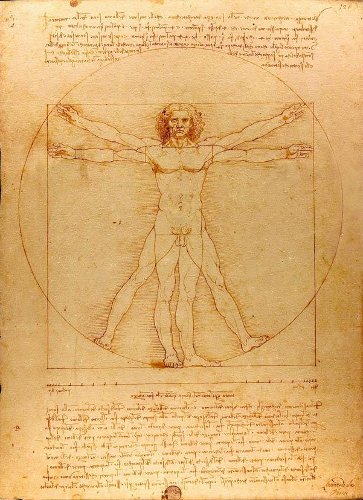June 16, 2011
Invasion of the body hackers
Source: The Financial Times

People as Data. Imagine having your body wired 24/7/365 to collect data on what you eat, how you move, when you go to the bathroom,… when (or IF) you get laid…, and that data is used to tweak your body and mind through organic or cybernetic means. Orwell revisited? Google’s or Apple’s business plan?
Nope.
Financial Times’ April Dembosky reports on a growing group of bio-hackers, or “self-quantifiers,” who are doing just that, and they even have a website where other would-be bio-hackers can find more info (Quantified Self) and meat - er, meet - each other. They held a conference in late May in California to explore the possibilities and discuss the effects of self-quantification not only on each other, but on society as a whole (link for more info).

Past is prolog. The idea of self-quantification isn’t new, as a paragraph on Benjamin Franklin shows how he kept track of 13 virtues that he would check off when violated. This would help him keep his moral bearing straight. Modern self-quantifiers see themselves doing something similar, only with modern implantable equipment like pacemakers and insulin pumps. And the medical community is also taking notice. Modern medicine has always had a “magic bullet” or “one size fits all” mentality for treating ailments. With the data gathered by willing self-quantifying patients, doctors can better tailor treatments for those cases where the standard issue treatments can cause adverse side effects… like killing the patient. That could save lots on insurance and lawsuits.
Already these self-quantifiers are comparing themselves to a group of 1970s era computer geeks: Early-adopters and hobbyists with visions of everyone in every household quantifying themselves to tweak their meat for optimum performance. One possible system described is the Sprout:
The self-tracking equivalent of an early model, 30lb, four-part desktop computer is Fujitsu Laboratories’ Sprout, as worn by software engineer Alex Gilman at the Quantified Self Conference: a maze of sensors and wires send data from his ear, chest and arm to the pocket-sized computer clipped to his belt – the Sprout. The Sprout synchronizes the physical data from the body sensors and from the apps on his iPod Touch where he records his moods and drowsiness levels. What is now a mess of raw, useless data can be calculated and translated into a neat graph that will eventually be used to measure stress and fatigue, manage weight loss, even predict illness.
The potential of the Sprout is intriguing, but mass appeal will only come when such devices are consolidated into small, wireless, all-in-one products that make data collection completely passive, says Chang. Most will require little to no human effort and some will even be “game-ified”, he says, made as fun and addictive as Angry Birds.

Speaking of games, I can already see athletes at ALL levels wanting to use self-quantification and bio-hacking. They probably already do, with a poke of ster… I mean “vitamins.” But using this system is not considered cheating… yet.
The Bigger Question: Do you REALLY want to be tracked and quantified? Self-quantification may sound pretty cool, until you need to find a place to put all your biometrics. Not only do you need large enough space, but that space needs to be secure from unauthorized access:
The implications for privacy are dramatic. Advocates and politicians were in an uproar when they realised the kind of access that Apple and Google have to geographic data derived from phones. Imagining three years worth of heart rate data or depression symptoms travelling through mobile devices – potentially being offered for sale to drug or insurance companies, exploited by advertisers or hacked by cyber criminals – puts watchdog groups on alert.
“What consumers need to realise is there’s a huge, huge demand for information about their activities, and the protections for the information about their activities are far, far, far less than what they think,” says Lee Tien, a privacy attorney at the Electronic Frontier Foundation. “A lot of these cloud services fall outside the federal and state privacy regimes.”
To put it another way, do you want to hear from Lulzsec that you are genetically predisposed to being gay or homicidal?
Most, if not all, self-quantifiers do it of their own free will, in the name of self-improvement. To many outsiders, they can’t get over the feeling of orwellianism mixed with a bit of narcissism. Even former self-quantifiers admit to taking the quest to perfection to the extreme:
“People thought I was narcissistic. What they didn’t see was the self-punishment, the fear, the hatred behind the tracking,” writes Alexandra Carmichael, one of the founders of CureTogether.com, in a poem about why she stopped tracking herself. “I had stopped trusting myself. Letting the numbers drown out my intuition, my instincts.”
Despite the perils, the self-quantifiers are willing to continue the tracking and tweaking in hopes of making humans a better species. Will they become Friedrich Nietzsche’s ubermensch, or just a bunch of skin-eating mutants roaming the streets? Nobody has come up with an app for that, and that leads to the most important question:
How do you measure perfection?








